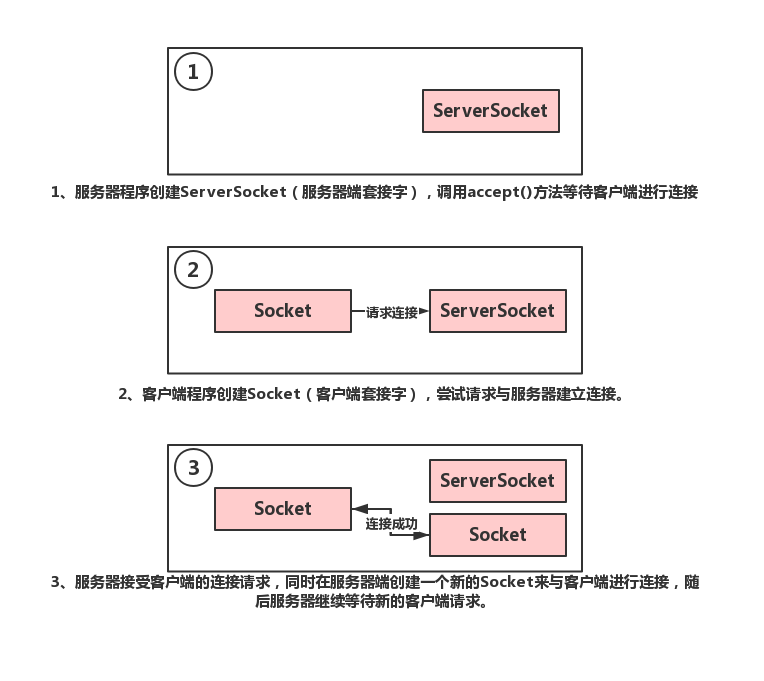Python PyQt5中彈出子窗口解決子窗口一閃而過的問題
在主窗口添加按鈕,并把按鈕信號關聯槽,在槽函數中創建子窗口對象賦值到普通變量,并調用其 show 方法。
from PyQt5.QtWidgets import *import sys class Main(QMainWindow): def __init__(self): super().__init__() self.setWindowTitle('主窗口') button = QPushButton('彈出子窗', self) button.clicked.connect(self.show_child) def show_child(self): child_window = Child() child_window.show() class Child(QWidget): def __init__(self): super().__init__() self.setWindowTitle('我是子窗口啊') # 運行主窗口if __name__ == '__main__': app = QApplication(sys.argv) window = Main() window.show() sys.exit(app.exec_())
運行結果: 該段代碼運行后,點擊主窗口中的按鈕,子窗口一閃而過。
方式二:槽函數中創建子窗口對象,賦值為對象屬性在主窗口添加按鈕,并把按鈕信號關聯槽,在槽函數中創建子窗口對象并賦值為對象屬性,并調用其 show 方法。
from PyQt5.QtWidgets import *import sys class Main(QMainWindow): def __init__(self): super().__init__() self.setWindowTitle('主窗口') button = QPushButton('彈出子窗', self) button.clicked.connect(self.show_child) def show_child(self): self.child_window = Child() self.child_window.show() class Child(QWidget): def __init__(self): super().__init__() self.setWindowTitle('我是子窗口啊') # 運行主窗口if __name__ == '__main__': app = QApplication(sys.argv) window = Main() window.show() sys.exit(app.exec_())
運行結果: 該段代碼運行后,點擊主窗口中的按鈕,子窗口正常打開,重復點擊按鈕,子窗口重復彈出。
方式三:在主窗口__init__方法中創建子窗在主窗口__init__方法中創建子窗口對象并賦值為對象屬性,添加按鈕,并把按鈕信號關聯槽,在槽函數中調用子窗口對象的 show 方法。
from PyQt5.QtWidgets import *import sys class Main(QMainWindow): def __init__(self): super().__init__() self.setWindowTitle('主窗口') button = QPushButton('彈出子窗', self) button.clicked.connect(self.show_child) self.child_window = Child() def show_child(self): self.child_window.show() class Child(QWidget): def __init__(self): super().__init__() self.setWindowTitle('我是子窗口啊') # 運行主窗口if __name__ == '__main__': app = QApplication(sys.argv) window = Main() window.show() sys.exit(app.exec_())
運行結果: 重復點擊按鈕,子窗口不重復彈出。
方式四:exec()方法把例1的show()方法改為exec()方法
from PyQt5.QtWidgets import *import sys class Main(QMainWindow): def __init__(self): super().__init__() self.setWindowTitle('主窗口') button = QPushButton('彈出子窗', self) button.clicked.connect(self.show_child) def show_child(self): child_window = Child() child_window.exec() class Child(QWidget): def __init__(self): super().__init__() self.setWindowTitle('我是子窗口啊') # 運行主窗口if __name__ == '__main__': app = QApplication(sys.argv) window = Main() window.show() sys.exit(app.exec_())
運行結果:子窗口順利彈出,且不能重新選擇父窗口
結論:這里涉及到一個概念 模式對話框 與 非模式對話框 (modeless dialog | modal dialog)
模式對話框,就是在彈出窗口的時候,整個程序就被鎖定了,處于等待狀態,直到對話框被關閉。這時往往是需要對話框的返回值進行下面的操作。如:確認窗口(選擇“是”或“否”)。非模式對話框,在調用彈出窗口之后,調用即刻返回,繼續下面的操作。這里只是一個調用指令的發出,不等待也不做任何處理。如:查找框。
show() ------ modeless dialog
exec() ------- modal dialog
方式一中 子窗口 通過 show() 方法顯示,為非模態窗口,它的實例為父窗口show_child()方法中的局部變量,當窗口顯示后,父窗口的show_child()方法繼續執行,當方法運行完后,python的回收機制就把局部變量銷毀了,相當于子窗口實例被銷毀,故子窗口一閃而過; 方式二中 子窗口實例為 主窗口類的變量,當show_child()方法運行完后,主窗口對象依舊存在,子窗口實例也存在,故子窗口正常顯示,但是每一次運行槽函數都會重新創建子窗口對象; 方式三中 子窗口實例為 主窗口類的變量,當show_child()方法運行完后,主窗口對象依舊存在,子窗口實例也存在,故子窗口正常顯示,每一次show_child()函數,重新調用子窗口對象show_child()方法,不會創建新窗口,且可隨意在父,子窗口間切換; 方式四中 子窗口 通過 exec() 方法顯示,為模態窗口,雖然他為父窗口show_child()方法中的局部變量,由于阻塞的機制,父窗口show_child()并沒有繼續執行,故其不會像 例1 中 一閃而過,且不能在父,子窗口間切換;到此這篇關于Python PyQt5中彈出子窗口解決子窗口一閃而過的問題的文章就介紹到這了,更多相關Python PyQt5彈出子窗口內容請搜索好吧啦網以前的文章或繼續瀏覽下面的相關文章希望大家以后多多支持好吧啦網!
相關文章:

 網公網安備
網公網安備